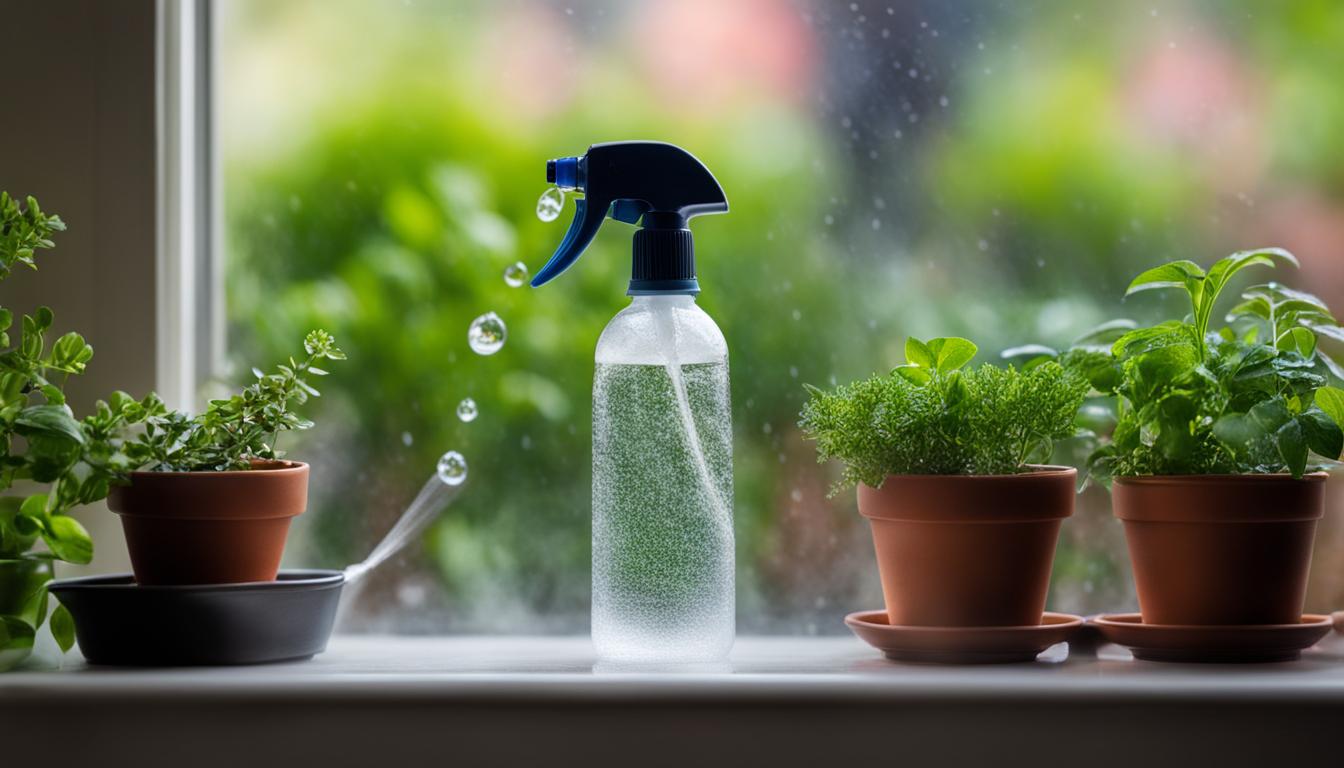
Starting an indoor garden can be a rewarding and fulfilling experience. Whether you have limited outdoor space or simply want to bring some greenery indoors, having the right tools is essential for the success of your indoor garden.
From ensuring proper watering to maintaining ideal humidity levels, these tools will help you create a thriving indoor garden oasis.
Key Takeaways:
– Essential tools for starting an indoor garden include spray bottles, watering cans, pruners, hand trowels, hand forks, humidifiers, grow lights, soil testers, and gardening gloves.
– Spray bottles and misters are helpful for providing extra humidity and watering delicate plants.
– Watering cans with long spouts allow for precise watering without damaging leaves.
– Pruners and pruning scissors are necessary for maintaining healthy plants by removing sick or dead tissue.
– Hand trowels and hand forks aid in soil preparation and planting.
– Humidifiers can be used to increase humidity levels for plants that require a tropical-like environment.
– Grow lights provide supplemental light for indoor plants when natural light is insufficient.
– Soil testers help monitor soil conditions, including moisture, pH levels, and sunlight exposure.
– Gardening gloves protect hands from potential hazards while working with plants.
Spray Bottle and Mister
An essential tool for indoor gardening is a spray bottle or mister. These handy devices allow you to provide the right amount of moisture to your plants, especially those that require extra humidity. A spray bottle with an ultra-fine mist is ideal for preventing damage to delicate plants.
It can also be used to gently water seedlings and young plants that can’t tolerate heavy watering. Additionally, a mister can be used to clean dust off the leaves, keeping them healthy and vibrant.
When choosing a spray bottle or mister for your indoor garden, look for one specifically designed for plants. This ensures that the materials used are safe and won’t harm your plants.
Opt for a model with an adjustable nozzle so you can control the level of mist. It’s also helpful to have a bottle with a comfortable grip and a capacity that suits your needs. Research the water sensitivity of your plants to determine the frequency and intensity of misting required.
Benefits of Using a Spray Bottle or Mister:
- Provides extra humidity for plants that require it
- Allows for gentle watering of seedlings and delicate plants
- Helps clean dust off leaves, promoting plant health
- Can be used for foliar feeding or applying foliar sprays
- Allows for targeted watering in specific areas
| Factors to Consider | Spray Bottle | Mister |
|---|---|---|
| Watering Needs | Use for light watering and misting delicate plants. | Use for misting plants that require high humidity. |
| Nozzle Type | Choose a spray bottle with an ultra-fine mist nozzle to avoid damaging plants. | Look for a mister with a fine mist nozzle for even distribution of moisture. |
| Watering Techniques | Ideal for gently watering seedlings and young plants that can’t handle heavy watering. | Helps create a humid environment for plants that require extra humidity. |
| Versatility | Can be used for misting, cleaning leaves, and applying foliar sprays. | Primarily used for misting plants, but can also be used for cleaning leaves. |
Watering Can
An indoor watering can is a must-have tool for any indoor gardener. It allows for precise watering and prevents splashing that can lead to leaf damage or root rot. Choose a watering can with a long and narrow spout for easier control of water flow.
This will ensure that the water reaches the soil without touching the leaves. Watering cans with a comfortable handle make the watering process more convenient and efficient.
When choosing a watering can for your indoor plants, consider the size of your garden and the types of plants you have. A larger watering can is ideal for larger gardens, while a smaller can is more suitable for smaller plants.
Look for a can that is made of durable and rust-resistant material, such as plastic or stainless steel. This will ensure that your watering can lasts for a long time and is easy to clean.
Types of Watering Cans
- Traditional Watering Can: This is the most common type of watering can, with a spout and a handle.
- Watering Can with a Long Spout: This type of watering can is ideal for reaching plants in tight spaces or hanging baskets.
- Self-Watering Can: These cans have a built-in reservoir that slowly releases water into the soil, eliminating the need for frequent watering.
Remember to water your indoor plants regularly, but be careful not to overwater them. The frequency of watering will depend on the specific needs of your plants and the conditions in your home. Monitoring the moisture level of the soil and adjusting your watering schedule accordingly will help ensure the health and vitality of your indoor garden.
Pruner and Pruning Scissors
In indoor gardening, regular pruning is essential for maintaining the health and shape of your plants. To effectively trim and shape your indoor plants, you’ll need two important tools: a pruner (also known as pruning shears) and pruning scissors.
These tools are designed to make precise cuts, promoting the growth of new branches and flowers while removing dead or diseased plant tissue.
Pruners are perfect for tackling thicker stems and branches, making them ideal for larger indoor plants. Look for pruners with carbon steel blades, as they are sharp and durable, ensuring clean cuts without crushing the plant tissue. Carbon steel blades are also resistant to rust, making them suitable for long-term use.
On the other hand, pruning scissors are smaller and more delicate, making them suitable for intricate cuts. They are great for trimming small leaves, flowers, or thin branches that cannot be easily reached with pruners. Opt for pruning scissors with sharp blades and a comfortable grip for ease of use.
Table: Comparison of Pruners and Pruning Scissors
| Features | Pruner | Pruning Scissors |
|---|---|---|
| Size | Larger | Smaller |
| Function | Cutting thicker stems and branches | Trimming small leaves, flowers, or thin branches |
| Blade Material | Carbon steel | Sharp blades |
| Comfort | Ergonomic handles | Comfortable grip |
Remember to clean and sterilize your pruning tools after each use to prevent the spread of diseases between plants. Regularly sharpen the blades to ensure clean and precise cuts. Proper pruning techniques, combined with the right tools, will help you create a beautiful and well-maintained indoor garden.
Garden Hand Trowel and Hand Fork
When it comes to indoor gardening, having the right tools for soil preparation is crucial. A garden hand trowel and hand fork are two essential tools that will make your gardening experience much easier and more efficient.
The garden hand trowel is a versatile tool that can be used for various tasks such as digging holes, planting bulbs, uprooting weeds, and spreading soil and fertilizer. It has a narrow and sharp blade that allows for precise digging and planting. Look for a trowel with a comfortable and cushioned grip handle to reduce strain and fatigue on your hand.
The hand fork, on the other hand, is comparable to a mini rake and is used to loosen and lift the soil. It helps in aerating the soil, allowing for better water drainage and root development. Choose a lightweight hand fork with a rust-resistant construction and a comfortable handle for a pleasant gardening experience.
Benefits of Garden Hand Trowel and Hand Fork:
- Efficient soil preparation: The garden hand trowel and hand fork help in preparing the soil for planting, ensuring optimal conditions for your indoor plants.
- Precise digging and planting: The narrow blade of the garden hand trowel allows for precise digging and planting, minimizing the risk of damaging nearby plants.
- Improved soil aeration: The hand fork aids in loosening and lifting the soil, promoting better air circulation and root growth.
- Easy weed removal: Both tools make it easier to uproot weeds, keeping your indoor garden free from unwanted plants.
Investing in a garden hand trowel and hand fork will not only save you time and effort but also contribute to the overall health and success of your indoor garden.
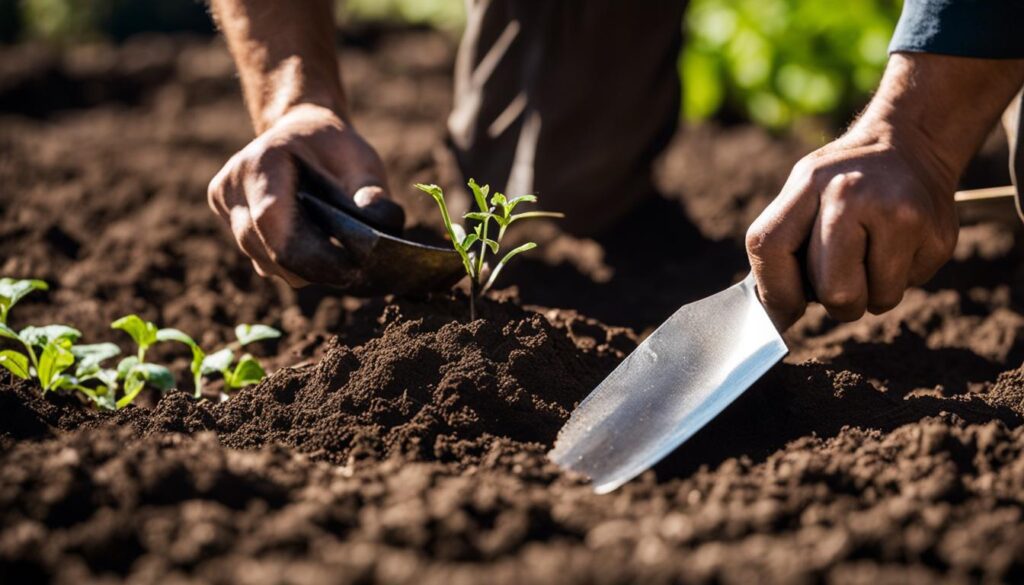
Humidifier for Indoor Gardening
Proper humidity control is essential for the health and well-being of indoor plants, especially for those that thrive in tropical environments. If your home or office space lacks the necessary humidity levels, a humidifier can be a valuable tool to create a more favorable environment for your plants.
A humidifier works by increasing the moisture content in the air, helping to mimic the conditions of a tropical area. This is particularly beneficial for plants that require high humidity levels to thrive. By placing a small humidifier near your plants, you can ensure that they receive the moisture they need to flourish.
Research the specific humidity requirements of your plants to determine the optimal humidity level. Some plants may only require a slight increase in humidity, while others may need a more significant boost. Additionally, consider the size of your space and the number of plants you have when determining the appropriate humidifier size and capacity.
| Benefits of Using a Humidifier for Indoor Gardening |
|---|
| 1. Provides optimal humidity levels for tropical plants |
| 2. Prevents dry air-related issues such as wilting, leaf browning, and plant dehydration |
| 3. Enhances plant growth and overall health |
| 4. Creates a comfortable and healthy environment for both plants and humans |
| 5. Reduces stress and promotes stress-free plant care |
It is important to regularly monitor the humidity levels in your indoor garden to ensure they remain within the optimal range. Use a hygrometer, a device that measures humidity, to keep track of the moisture content in the air. Adjust the settings on your humidifier as needed to maintain the desired humidity level for your plants.
Remember that while a humidifier can be beneficial for indoor gardening, it is not a substitute for proper plant care. Be sure to provide adequate light, water, and nutrients to support the overall health and growth of your plants. With the right combination of care and environmental control, your indoor garden can thrive and bring beauty to your space.
Grow Lights
When it comes to indoor gardening, providing adequate lighting is essential for the growth and development of your plants. While natural light is ideal, it may not always be sufficient, especially in rooms with limited sunlight or during dark seasons.
That’s where grow lights come in. These artificial lighting solutions are designed to mimic the spectrum of natural sunlight and provide the necessary light energy for plant photosynthesis.
Grow lights come in various types, including fluorescent, LED, and high-intensity discharge (HID) lights. LED grow lights are increasingly popular due to their energy efficiency, long lifespan, and customizable light spectrum options. They are also more compact and emit less heat compared to other types of grow lights.
When choosing grow lights for your indoor garden, consider the specific needs of your plants. Different plants have varying light requirements, including the intensity and duration of light exposure.
Some plants, such as leafy greens, require shorter periods of light exposure, while others, like flowering plants, need longer durations. Additionally, plants in different growth stages, such as seedlings or mature plants, may have different light requirements.
Choosing the Right Grow Lights
When selecting grow lights, consider the following factors:
- Light Spectrum: Look for grow lights that offer a diverse light spectrum, including a mix of red, blue, and white light. This combination promotes optimal plant growth and development.
- Light Intensity: Different plants require varying levels of light intensity. Ensure that the grow lights you choose can provide the necessary amount of light for your specific plants.
- Energy Efficiency: Opt for energy-efficient grow lights to minimize electricity usage and reduce costs in the long run.
- Adjustable Settings: Some grow lights come with adjustable settings to cater to different plant types and growth stages. This flexibility allows you to provide the right amount and quality of light at each growth phase.
Remember to position the grow lights at an appropriate distance from your plants. Too close, and you risk burning the leaves. Too far, and the plants may not receive enough light. Follow the manufacturer’s guidelines for the recommended distance based on the type of grow lights you are using.
| Grow Light Type | Pros | Cons |
|---|---|---|
| Fluorescent | Energy-efficient, cost-effective | Less intense light output |
| LED | Energy-efficient, customizable light spectrum, long lifespan | Higher upfront cost |
| HID | High light intensity, good for large-scale operations | Generate more heat, higher operating costs |
By providing your indoor garden with the right grow lights, you can ensure that your plants receive the necessary light energy for healthy growth. Remember to consider the specific needs of your plants and choose the appropriate grow lights based on their light spectrum, intensity, energy efficiency, and adjustability.
Soil Tester: Monitoring Indoor Plant Health
An essential tool for successful indoor gardening is a high-quality soil tester. A soil tester helps you monitor and maintain the health of your indoor plants by measuring important factors such as soil moisture, pH levels, sunlight exposure, and temperature.
By understanding these parameters, you can ensure that your plants are receiving optimal care and create a thriving indoor garden.
Monitoring soil moisture is crucial for preventing overwatering or underwatering your plants. A soil tester provides accurate readings, allowing you to adjust your watering schedule accordingly.
It helps you determine if the soil conditions are suitable for your plants’ growth, as different plant varieties have specific soil pH preferences. With a soil tester, you can easily measure the pH levels and make any necessary adjustments to create the ideal environment for your plants.
Indoor plants also require appropriate levels of sunlight exposure. A soil tester can help you assess the lighting conditions in your indoor space and ensure that your plants are receiving the right amount of light.
It will help you identify areas in your home where light may be insufficient, prompting you to consider alternative solutions such as artificial grow lights to supplement natural light.
Benefits of Using a Soil Tester:
- Accurately measure soil moisture to prevent overwatering or underwatering
- Monitor soil pH levels and make necessary adjustments for optimal plant growth
- Assess lighting conditions and ensure plants receive adequate sunlight exposure
- Create a healthy and thriving indoor garden by providing optimal care
Investing in a quality soil tester is a wise choice for any indoor gardener. It empowers you to make informed decisions about your plant care routine, leading to healthier and more vibrant indoor plants. With regular monitoring and adjustment based on the soil tester readings, you can create an environment where your plants can flourish and thrive.
| Benefits of Using a Soil Tester: | |
|---|---|
| Accurately measure soil moisture to prevent overwatering or underwatering | |
| Monitor soil pH levels and make necessary adjustments for optimal plant growth | |
| Assess lighting conditions and ensure plants receive adequate sunlight exposure | |
| Create a healthy and thriving indoor garden by providing optimal care |
Gardening Gloves
When it comes to indoor gardening, taking care of your hands is just as important as taking care of your plants. That’s why investing in a pair of gardening gloves is a wise decision.
Gardening gloves provide essential hand protection, shielding you from prickly leaves, thorns, and other potential hazards that you may encounter while working with your indoor plants.
When choosing gardening gloves, look for a pair that offers comfort, durability, and a natural grip. Opt for gloves that are resistant to scratches and cuts, ensuring that your hands stay safe during your gardening sessions.
Also, it is beneficial to select gloves that are comfortable, flexible, and breathable, so you can work with your plants for extended periods without discomfort.
Gardening gloves are an essential tool for indoor gardeners of all levels of experience. Whether you’re a beginner or a seasoned gardener, these gloves will not only protect your hands but also provide peace of mind while handling your beloved plants.
So, make sure to add a pair of gardening gloves to your indoor gardening toolkit to enhance your plant care and gardening experience.
FAQ
What are the essential tools for starting an indoor garden?
The essential tools for starting an indoor garden include a spray bottle or mister, an indoor watering can, pruning shears, pruning scissors, a garden hand trowel, a hand fork, a humidifier, grow lights, a soil tester, and gardening gloves.
What is the purpose of a spray bottle or mister in indoor gardening?
A spray bottle or mister is essential for indoor gardening, especially for plants that require extra humidity. It can also be used for watering seedlings and young plants that can’t handle heavy watering, as well as cleaning dust off of leaves.
Why do I need an indoor watering can?
An indoor watering can allows for precise watering and prevents splashing that can lead to leaf damage or root rot. It also helps to control the water flow and ensure that the water reaches the soil without touching the leaves.
What are pruning shears and pruning scissors used for in indoor gardening?
Pruning shears are used to remove sick or dead plant tissue, control the growth of fast-growing plants, and prune spent flowers. Pruning scissors are ideal for detailed cuts, hard-to-reach places, and removing dead leaves or flowers.
How do garden hand trowel and hand fork help in indoor gardening?
A garden hand trowel is used for digging holes, planting bulbs, uprooting weeds, and spreading soil and fertilizer. A hand fork, on the other hand, helps loosen and lift the soil, making it easier to work with and aids in soil preparation.
How can a humidifier benefit indoor gardening?
Some plants require high humidity levels, and if your environment cannot naturally provide this, a humidifier can help increase moisture in the air around your plants. It mimics a tropical area, which is beneficial for humidity-loving species.
Why should I consider using grow lights in indoor gardening?
Light plays a crucial role in indoor gardening, but natural light may not always be sufficient. Grow lights provide artificial lighting to ensure optimal growth and development of your plants, especially in rooms with inadequate light or during dark seasons.
What is the purpose of a soil tester in indoor gardening?
A high-quality soil tester helps measure soil moisture, pH levels, sunlight exposure, and temperature. This information allows you to determine if your plants are getting enough water and if the soil conditions are optimal for their growth.
Why do I need gardening gloves for indoor gardening?
Gardening gloves protect your hands from prickly leaves, thorns, and other potential hazards while working with plants. They provide comfort, durability, and a natural grip to make your indoor gardening sessions more enjoyable and protect your hands.

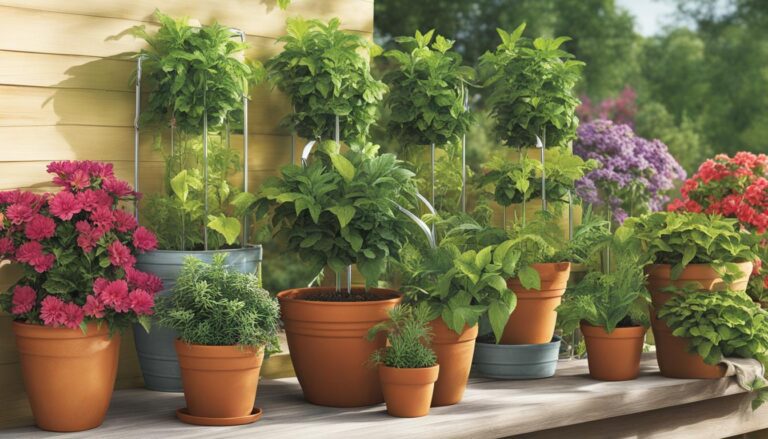
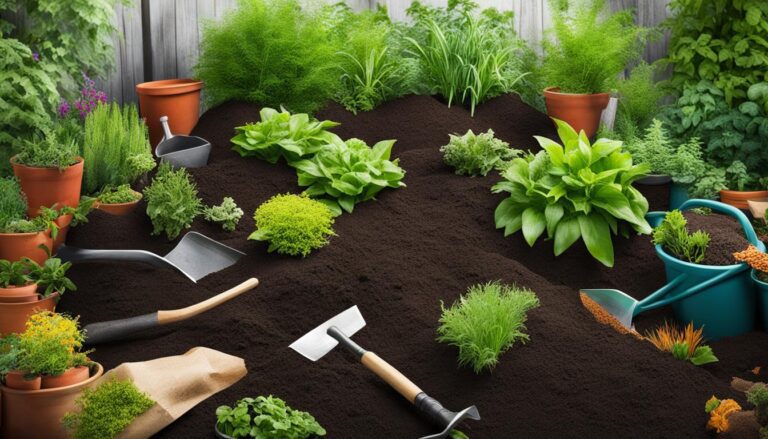

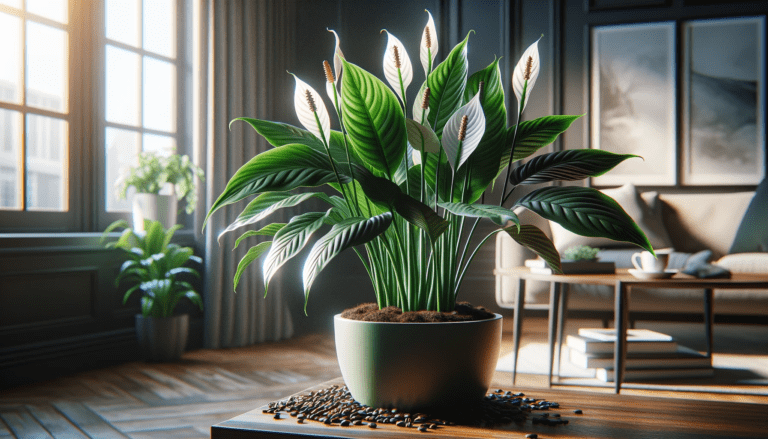
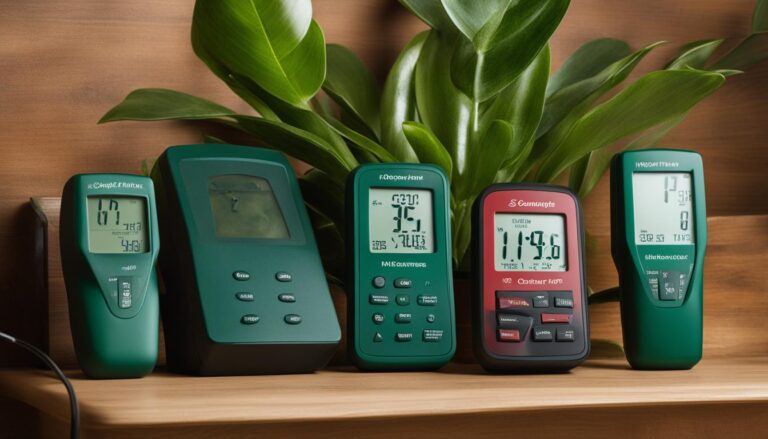
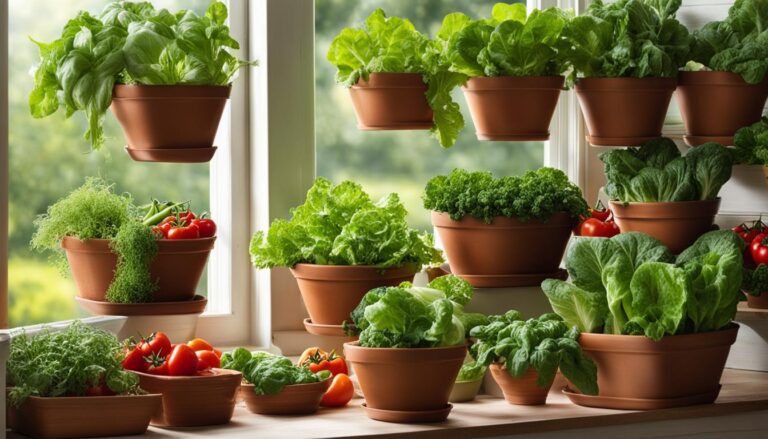
2 Comments
Comments are closed.